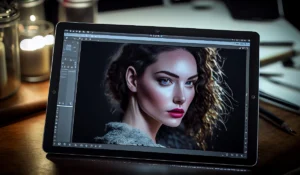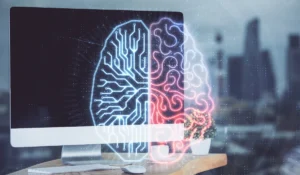In 2025, the world of design is being transformed by artificial intelligence. AI design tools are helping designers create faster, smarter, and more creatively than ever before. These tools are accessible to both beginners and professionals, making design more efficient and innovative.
With AI-powered platforms, repetitive tasks can be automated, freeing designers to focus on creativity. They can generate unique ideas, improve workflows, and maintain brand consistency effortlessly. As technology evolves, these tools are becoming essential for staying competitive in the design industry.
Understanding AI in Design
Artificial intelligence in design refers to the use of machine learning algorithms and data-driven insights to automate and augment creative processes. AI tools assist designers by generating design elements, suggesting layouts, automating repetitive tasks, and providing real-time feedback. This integration not only accelerates the design process but also opens up new avenues for creativity and innovation.
Why Designers Are Embracing AI Tools
Designers are increasingly adopting AI tools for several compelling reasons:
-
Enhanced Creativity: AI can generate unique design concepts and variations, inspiring designers to explore new creative directions.
-
Time Efficiency: Automating mundane tasks allows designers to focus more on the creative aspects of their work.
-
Consistency: AI ensures uniformity in design elements, maintaining brand consistency across various platforms.
-
Personalization: AI tools can analyze user data to create personalized design experiences that resonate with target audiences.
-
Collaboration: AI facilitates seamless collaboration among team members by providing shared design resources and real-time updates.
Top AI Design Tools to Explore
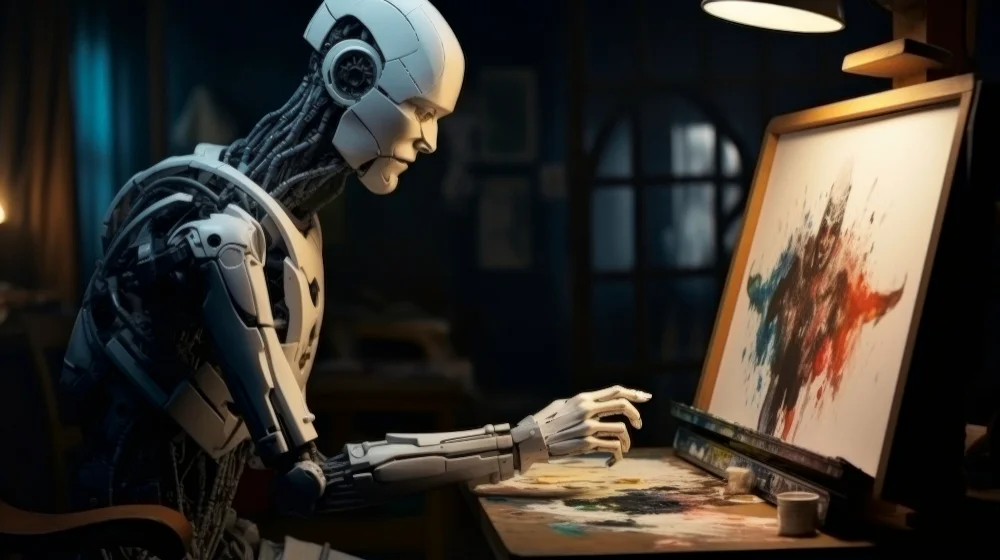
The market offers a variety of AI design tools that cater to different creative needs. From graphic design and UI/UX prototyping to branding and content creation, these platforms simplify complex tasks. By leveraging AI, designers can save time, enhance creativity, and produce high-quality work efficiently.
1. Canva Magic Studio
Canva Magic Studio is an AI-powered design platform that simplifies the design process for both beginners and professionals. It offers features like Magic Design™, which auto-generates design templates based on user inputs, and a vast library of customizable elements. The platform’s user-friendly interface and collaborative tools make it ideal for creating social media graphics, presentations, and marketing materials.
2. Figma’s AI Integrations
Figma, a popular UI/UX design tool, has integrated AI capabilities to enhance its design and prototyping features. With the introduction of Figma Make, designers can now generate app prototypes using natural language prompts. Additionally, Figma’s Model Context Protocol (MCP) server allows AI models to access the underlying code of designs, enabling more accurate and efficient design processes.
3. Adobe Firefly
Adobe Firefly is a suite of generative AI tools that assist in creating images, videos, and audio content. Integrated into Adobe’s Creative Cloud suite, Firefly leverages machine learning to automate tasks such as image editing, voice synthesis, and video generation. This integration streamlines workflows for designers, allowing them to produce high-quality content more efficiently.
4. Google’s Gemini-Powered Platforms
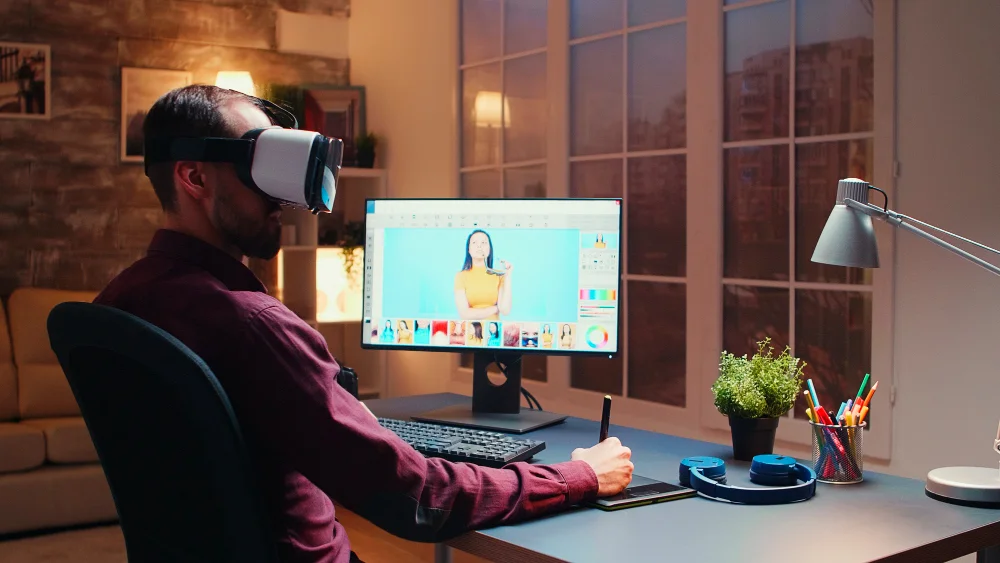
Google has introduced several AI-powered design tools under its Gemini initiative. Platforms like Google Mixboard and Stitch utilize Gemini’s advanced AI capabilities to assist designers in creating mood boards, UI components, and functional frontend code from text prompts and reference images. These tools aim to simplify the design process and enhance collaboration among design teams.
Benefits of Using AI Design Tools
AI design tools offer numerous advantages that enhance creativity and productivity. They not only speed up workflows but also maintain quality, reduce costs, and allow designers to manage larger projects effectively. These benefits make AI indispensable for modern design teams.
Key Benefits:
-
Accelerated Design Process: AI tools automate repetitive tasks, reducing the time required to complete design projects.
-
Improved Design Quality: AI algorithms analyze design trends and user preferences to suggest improvements, resulting in higher-quality designs.
-
Cost-Effectiveness: By streamlining workflows and reducing the need for extensive manual labour, AI tools can lower design costs.
-
Scalability: AI tools enable designers to handle larger projects and more clients simultaneously, scaling their operations efficiently.
Challenges and Considerations
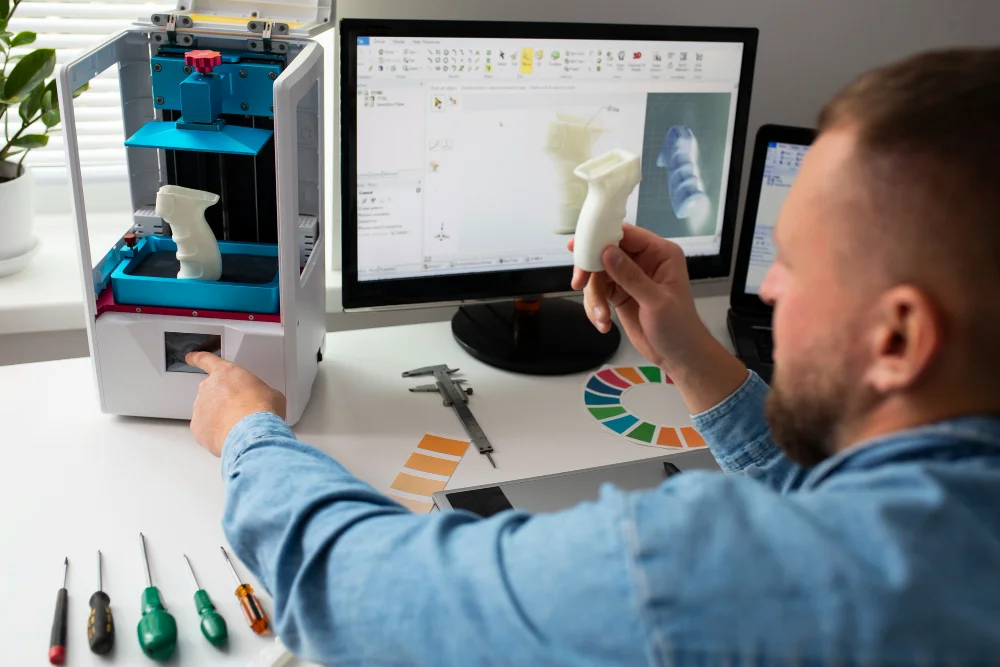
AI design tools offer numerous advantages, but designers must be mindful of certain challenges. These include mastering the tools, avoiding over-reliance that may limit creativity, safeguarding data privacy, and managing potential subscription costs.
Exploring a curated list of AI tools for graphic design can help designers choose the right solutions and ensure that AI enhances rather than hinders the design process.
Key Considerations
-
Learning Curve: Some AI tools may require time to master, especially for users unfamiliar with AI technologies.
-
Over-Reliance on AI: Excessive dependence on AI may stifle creativity and lead to generic designs.
-
Data Privacy: Using AI tools involves sharing data with third-party platforms, raising concerns about data security and privacy.
-
Cost: Premium AI design tools may come with subscription fees, which can be a consideration for freelancers and small businesses.
Future of AI in Design
The future of AI in design is full of exciting possibilities, driven by continuous advancements in machine learning and intelligent algorithms. Designers can expect tools that are more intuitive, capable of understanding creative intent, and able to offer smarter suggestions for layouts, colors, and design elements.
These innovations will make the design process faster, more efficient, and highly adaptive to project requirements. AI will also enhance collaboration across teams, providing shared workspaces, real-time updates, and seamless integration with other design software.
With personalization features improving, AI will help create designs tailored to specific audiences, making creative work more impactful and relevant. The evolving role of AI promises to reshape the way designers approach their craft entirely.
Conclusion
AI design tools have become essential for modern designers, offering a perfect balance between creativity and efficiency. Platforms like Canva Magic Studio, Figma’s AI integrations, Adobe Firefly, and Google’s Gemini-powered tools provide innovative solutions that streamline workflows, enhance collaboration, and inspire new design ideas.
By leveraging these tools, designers can achieve high-quality results in less time. For a comprehensive list of AI-powered design platforms, check out our guide on AI tools for graphic design.
As AI continues to evolve, its role in design will only grow stronger, making it a crucial part of the creative process. Embracing these technologies allows designers to stay competitive, deliver personalized experiences, and explore new creative possibilities. Ultimately, AI is not just a tool—it is a partner in shaping the future of design.




